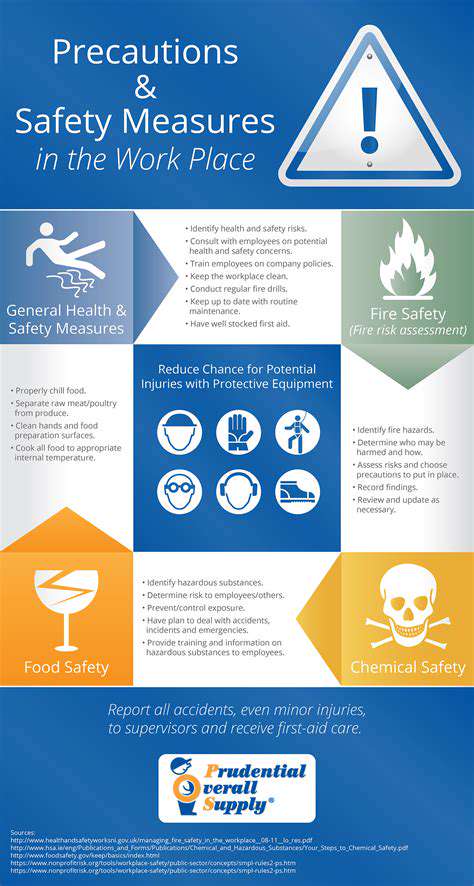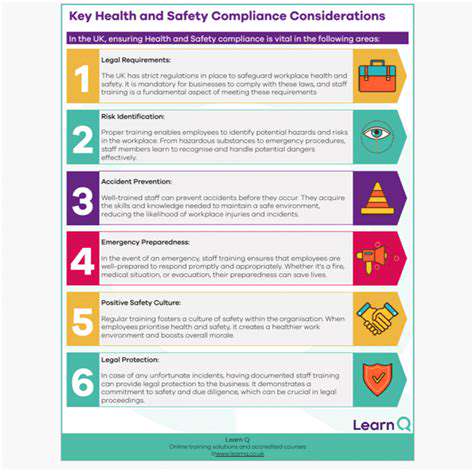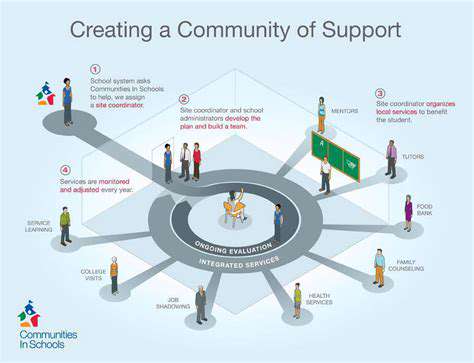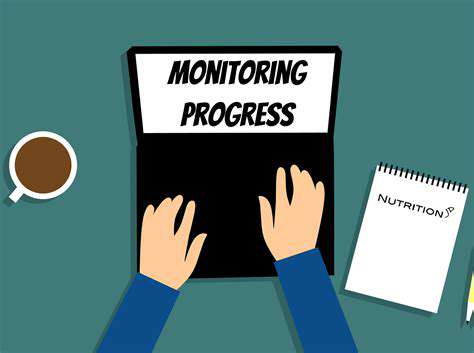Group Walking for Seniors: Exercise and Socialization
The Benefits of Group Walking for Seniors
Improved Physical Health
Group walking for seniors offers a multitude of benefits for maintaining and improving physical health. Regular participation in these group activities strengthens muscles, particularly in the legs and core, leading to improved balance and coordination. This, in turn, reduces the risk of falls, a significant concern for seniors, allowing for greater independence and freedom of movement. Improved cardiovascular health is another key advantage, as the walking helps to regulate heart rate and blood pressure, potentially reducing the risk of developing cardiovascular diseases.
Furthermore, group walking can contribute to weight management, which is crucial for overall health and well-being. The increased activity level helps burn calories, supporting healthy weight maintenance and potentially aiding in weight loss in some cases. Consistent participation in these walks can also improve flexibility and range of motion, making daily tasks easier and less strenuous. The combined effect of these benefits directly contributes to a higher quality of life for seniors.
Social and Emotional Well-being
Beyond the physical benefits, group walking provides significant advantages for social and emotional well-being. The shared experience of walking with others fosters a strong sense of community and belonging. Interaction with fellow participants provides opportunities for socializing, making new friends, and building supportive relationships. These connections can combat feelings of isolation and loneliness, common among seniors, and create a positive and uplifting social environment.
Regular group activities can also boost mood and mental well-being. The combination of physical activity, social interaction, and fresh air promotes the release of endorphins, natural mood boosters. This can help combat feelings of anxiety, depression, and stress, creating a more positive outlook on life. The camaraderie and support within the group provide a crucial source of encouragement and motivation to continue with the walking routine.
Enhanced Cognitive Function
The benefits of group walking extend beyond physical and emotional well-being to include cognitive function. Studies have shown that regular physical activity, such as group walks, can enhance cognitive function by improving blood flow to the brain. This increased blood flow can support memory, concentration, and overall mental acuity. The social engagement aspect of group walking can also stimulate the brain, promoting mental alertness and creativity, which can be particularly important for maintaining cognitive sharpness in older adults. Furthermore, the shared experience and discussions during the walks can contribute to mental stimulation and cognitive engagement.
The combination of physical activity and social interaction within a group walking setting creates a powerful synergy that can positively impact cognitive function, contributing to a higher quality of life and overall well-being for seniors. It's a holistic approach to promoting mental sharpness and preventing cognitive decline, offering a significant advantage in maintaining an active and engaged mind.
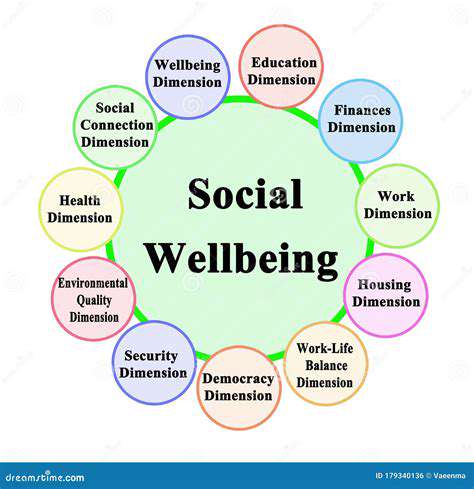
Planning and Implementing Successful Senior Walking Groups
Defining the Group's Purpose and Objectives
A well-defined purpose is crucial for a successful senior walking group. This might involve social interaction, physical fitness improvement, exploring local areas, or even reducing feelings of isolation. Clearly articulating the group's goals from the start helps members understand the expected benefits and contributes to a shared sense of purpose, encouraging continued participation.
Understanding the motivations of potential members is also important. Are they primarily interested in exercise, companionship, or both? Knowing this can help tailor activities and communication strategies to effectively engage everyone.
Recruiting and Engaging Members
Promoting the group effectively through flyers, local community boards, senior centers, and word-of-mouth can attract a diverse group of individuals with varied interests and fitness levels. Building a welcoming and inclusive atmosphere from the outset is vital to encourage participation and foster a strong sense of community.
Consider offering introductory walks or trial sessions to allow potential members to experience the group dynamic and activities before committing to a full membership. This helps to build interest and manage expectations effectively.
Establishing a Clear Structure and Leadership
A structured approach to organizing walks is essential. This might involve designating a leader or co-leaders to manage logistics, such as route planning, safety considerations, and group coordination. Creating a clear communication strategy is key to ensuring everyone is informed about schedules, locations, and any changes.
Establishing clear roles and responsibilities allows the group to run smoothly and efficiently, ensuring that everyone feels supported and involved in decision-making processes. This fosters a sense of ownership and responsibility within the group.
Developing Safe and Accessible Routes
Prioritizing safety is paramount. Carefully selecting routes that are accessible, well-maintained, and free of significant obstacles is crucial for the comfort and safety of all participants. Consider the varying physical abilities within the group and choose routes that suit everyone's needs and limitations. Incorporating rest stops and allowing for individual pacing is also important for a safe and enjoyable experience.
Safety measures like ensuring adequate visibility, having someone familiar with the route, and including members familiar with basic first aid are important considerations for preventing potential hazards. Knowing the local area's characteristics—whether there are any steep inclines, uneven terrain, or potential hazards—is also critical for risk management.
Planning for Varying Fitness Levels and Interests
Recognizing that participants have diverse fitness levels is essential for effective planning. Offering a range of walk durations and intensities caters to everyone's individual needs and preferences. This could include shorter, leisurely walks for those starting or with limited mobility, and longer, more challenging walks for those seeking more intense activity.
Considering different interests and preferences can enrich the experience. Maybe some members are interested in bird watching, others in historical landmarks, or simply in the enjoyment of the scenery. Incorporating these elements can make the walks more engaging and appealing for all.
Creating a Supportive and Encouraging Atmosphere
Fostering a supportive and positive atmosphere within the group is key to maintaining motivation and encouraging continued participation. Encouraging open communication, celebrating individual achievements, and acknowledging everyone's contributions creates a sense of belonging and mutual respect. A positive and supportive environment significantly boosts morale and well-being.
Creating opportunities for social interaction beyond the walks, like shared outings or get-togethers, can further strengthen the bonds within the group and enhance the overall experience for members.
Evaluating and Adapting the Program
Regularly assessing the effectiveness of the program is important for ongoing improvement. Feedback from members can provide valuable insights into what's working well and areas needing adjustment. Evaluating participation rates, member satisfaction, and any challenges faced can help make necessary changes for ongoing success.
Adapting the program based on feedback allows the group to respond to the evolving needs and preferences of its members, ensuring that the program remains relevant, engaging, and supportive of all participants' well-being.
Encouraging Participation and Maintaining Interest

Encouraging Active Participation
Fostering a culture of active participation is crucial for any successful endeavor. This involves creating an environment where individuals feel valued, respected, and empowered to contribute their unique perspectives and ideas. Encouraging active participation fosters creativity and innovation, leading to more effective problem-solving and decision-making. It also builds a stronger sense of community and shared ownership among participants.
Various strategies can be employed to encourage active participation. These include providing clear communication channels, actively soliciting feedback, and offering opportunities for collaboration and knowledge sharing. Thoughtful facilitation and clear guidelines can also go a long way in ensuring that every voice is heard and considered.
Maintaining Enthusiasm and Momentum
Sustaining enthusiasm and momentum throughout a project or initiative is essential for its long-term success. This requires regular check-ins, progress updates, and recognition of achievements, both big and small. Acknowledging individual contributions helps maintain motivation and commitment. Consistent communication, addressing potential challenges promptly, and emphasizing the overall purpose of the endeavor can also be invaluable in keeping the momentum going.
Regular engagement activities and team-building exercises can help maintain a positive and supportive atmosphere. This fosters camaraderie and strengthens the bonds between participants, ultimately increasing engagement and keeping the energy high throughout the project lifecycle.
Understanding Diverse Perspectives
Recognizing and understanding the diverse perspectives of all stakeholders is fundamental to effective project management. This encompasses acknowledging varied cultural backgrounds, viewpoints, and experiences. Truly understanding the varied needs of all participants will lead to more inclusive and successful outcomes, making everyone feel heard and appreciated. It’s essential to actively listen to diverse opinions and viewpoints and incorporate them into planning and implementation.
Creating a safe space for open communication and respectful dialogue is paramount to fostering an atmosphere of inclusivity. This involves actively seeking out different voices and incorporating diverse viewpoints to ensure the project meets the needs of all stakeholders. This is not only about acknowledging differences but also about embracing the richness and creativity that diversity brings.
Maximizing Impact through Alignment
Ensuring alignment between individual contributions and the overall project goals is critical for maximizing impact. Clear communication of expectations and objectives, along with appropriate guidance and support, will help participants understand their roles and responsibilities within the project. This crucial alignment between personal efforts and the broader project goals is vital in maximizing the final product's efficacy and effectiveness. It ultimately drives everyone towards a common goal.
Providing clear metrics for success and regular feedback loops can help individuals understand how their contributions are impacting the project's overall success. This will create a sense of ownership and accountability, enhancing the overall effectiveness of the team.




